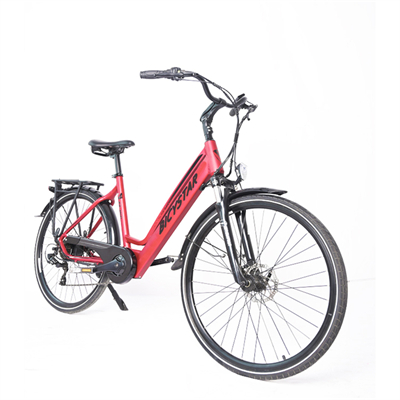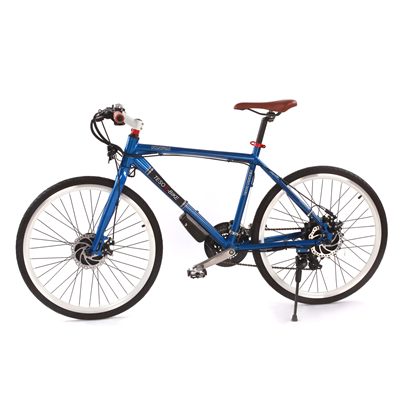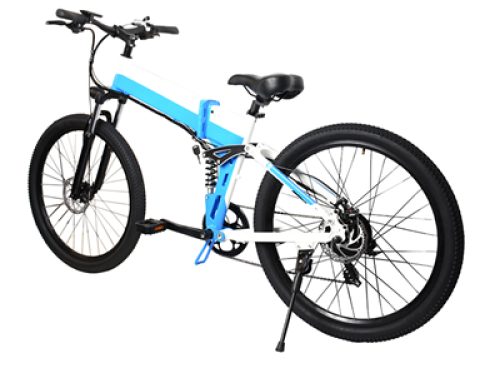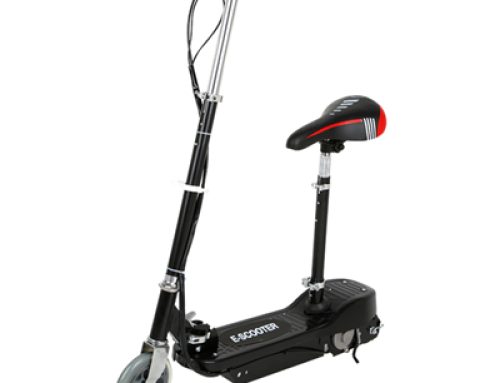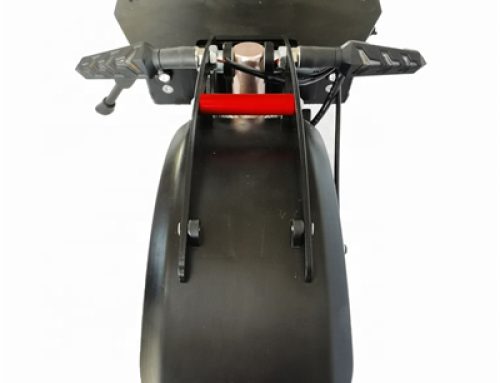As of my last knowledge update in September 2021, here are some developments and potential directions for hoverboard technology and innovation:
- Magnetic Levitation (Maglev) Technology: Maglev technology, which uses magnetic fields to levitate and propel objects, holds promise for creating functional hoverboards. There have been experiments and prototypes utilizing this technology, although they often require specially designed surfaces or tracks to operate effectively.
- Improved Battery Technology: Battery technology is a crucial aspect of hoverboard development. Advancements in battery capacity, energy efficiency, and safety could lead to longer hoverboard ride times and reduced charging times.
- Stability and Maneuverability: One of the challenges with traditional hoverboards is their stability and the skill required to ride them. Future innovations could focus on creating self-balancing systems that make hoverboards easier to ride and control, potentially opening them up to a wider audience.
- Safety Features: Safety concerns have been a significant factor in limiting the widespread adoption of hoverboards. Innovations in safety features such as better sensors, enhanced stability controls, and improved braking mechanisms could mitigate risks and encourage more people to use hoverboards.
- Regulation and Infrastructure: As hoverboard technology advances, there will likely be a need for regulations governing their use, similar to electric scooters and other personal mobility devices. Additionally, creating infrastructure and designated lanes for hoverboards in urban environments could promote their safe use.
- Integration with Smart Technology: Like many other devices, hoverboards could become more integrated with smart technology. This might involve features like app-controlled navigation, real-time diagnostics, and connectivity with other devices.
- Environmental Considerations: Future hoverboard designs might place more emphasis on eco-friendliness by using sustainable materials, energy-efficient components, and possibly even exploring renewable energy sources for propulsion.
- New Form Factors: While the classic hoverboard design resembles a skateboard without wheels, future designs could explore alternative form factors that cater to different user preferences and needs.
- Commercial and Industrial Applications: Hoverboard technology might find applications beyond personal transportation. For instance, they could be used in warehouses or factories for efficient movement of goods or in search and rescue missions in hard-to-reach areas.
- Entertainment and Sports: Just as skateboarding evolved into a popular sport and cultural phenomenon, hoverboards could inspire new forms of entertainment and sports, fostering a unique and innovative athletic landscape.
It’s important to note that the development of hoverboard technology is influenced by various factors, including scientific breakthroughs, engineering challenges, market demand, safety considerations, and regulatory frameworks. While the concept of a fully levitating hoverboard as seen in science fiction remains elusive, incremental advancements and innovative applications are likely to shape the future of hoverboard technology. For the most up-to-date information, I recommend checking recent news sources and technology publications.
